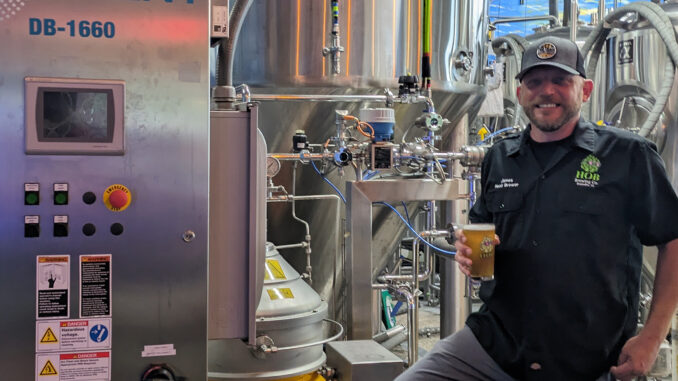
The notion of what good growth is has changed drastically over the past several years. So much so that the thought of being even a regional brewery isn’t exactly at the top of someone’s mind as much anymore.
Focusing on a killer in-house experience, a dedicated taproom with variety, and the ability to showcase off-prem as well without having to go too far away has been the controlled growth lane that has helped Dunedin, Florida’s HOB Brewing.
“There’s no need to expand too fast or push too hard,” said HOB Head Brewer, James Howdeshell, who has been with the company for almost the entire length of the brewery’s existence. “We’re our own identity. We’re not trying to be the Bell’s of the South or the Firestone Walker of the East Coast.
“When you hear our name, you know who (we) are and what beers they have.”
Founded as a craft beer bar in 2009 by Andy Polce and Rick Clemo, the duo added a brewery to serve their house-made beer as well in 2015. Starting with a two-barrel system, Howdeshell — who came in with a culinary background and homebrewing experience — saw an opportunity to learn the ropes of professional brewing.
“At the time, I was doing a barrel-sized system at home, and this was two barrels, so the scale wasn’t too much more,” he recalled. After working with them for a day and learning the ropes and seeing all the equipment, I asked if I could come back and get a little bit more information and they said yes.
“I just kept coming back, and I did that for six months. They realized that I was indeed determined. This was the same time when they decided to expand and build the brewery to a 10-barrel system.”
Starting as a cellarman, Howdeshell was excited to learn, absorb information, and talk to whoever he could.
READ MORE: Cigar City’s Growth Curve
“The former head brewer was very open and very knowledgeable and there were no secrets about brewing with him,” Howdeshell said, adding that the industry was much different to him compared to when he started looking to work as a chef at the age of 16.
“There are chefs there that have secrets, they don’t want you to know what things are,” he said. “That’s fine, that’s them, but in the brewing world, it seems like people are more open to discussing their beers and how to make them or their little tricks here and there.
“It’s a very nice industry to work in.”
With that importance of sharing, Howdeshell was happy to dish on how the brewery’s use of innovation — like the addition of a centrifuge — has helped improve yields on the brewery’s 10-barrel system. Despite being a smaller production facility, the importance of yield was a key consideration in purchasing from Trucent in late 2022. Since implementing the system, yields have increased while the ability to have a more shelf-stable flagship — the brewery’s Mango Hefeweizen — has improved.
HOB’s centrifuge is a Trucent DB-1660 model. According to Howdeshell, the centrifuge can spin up to 60 bbl/hr. A major benefit of working with Trucent was support from evaluation to installation.
“We had added features such as outlet turbidity meter that allow us to know the clarity of the finished product,” he said. “We also included an automatic recirculation system that engages during the discharging of solids to minimize any particulate that may be introduced back into the beer stream.”
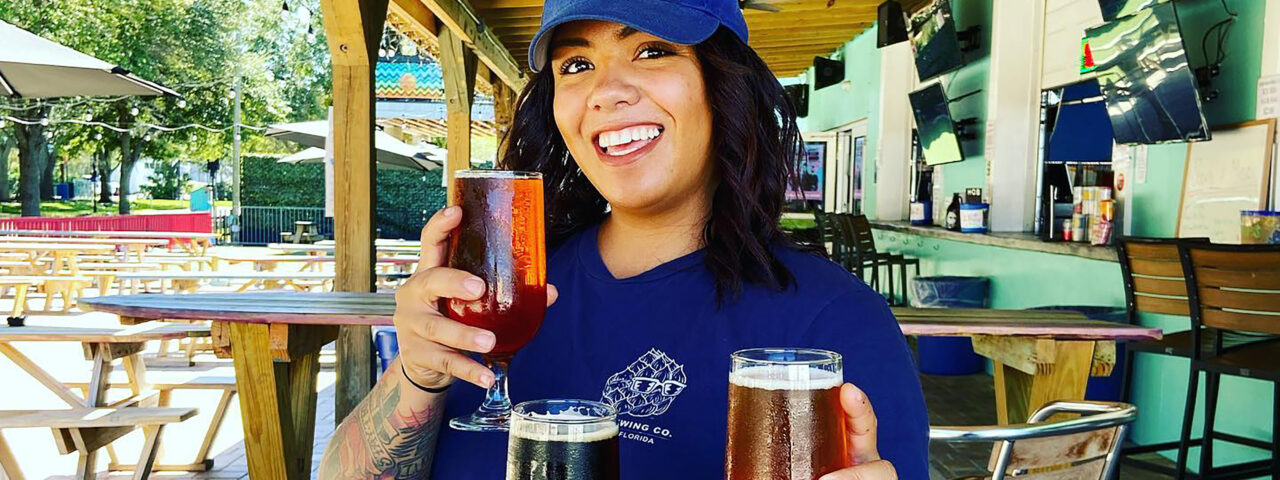
They also added the automatic OxyZero system that injects CO2 into the system to minimize O2 pick up.
“We did a lot of research and got a bunch of quotes for different types of filtration systems,” he said, mentioning plate and filters and lenticular filters, but using a [Trucent] centrifuge instead made the most sense. “The initial cost is expensive, but the upkeep is relatively good. You don’t have to buy filter plates, or other media all the time.”
He added that the setup and running of the beer through the centrifuge is pretty simple and straightforward.
“The training on how to operate it was minimal,” he added. “A couple of my employees can run it without being supervised.”
He added that it is designed so you can see what’s going on and confirm you’re getting the desired result before you run an entire batch or stop production to check a problem. Pretty much every single beer that HOB produces is run through it and adding a DO meter coming out of the centrifuge into the brite tank has been a big plus as well.
Having those technical additions only helps in bettering the quality of the beer. With Florida’s hot weather environment, creating styles that cater to the audience that might not drink as many stouts or porters means creating invigorating brands that have so far been some of the brand’s biggest hits.
Rewind to the start of the brewery. Mind you, for the first six years, it was just the House of Beer craft beer bar so having a variety of handles was key.
Howdeshell said that back then, a group of ladies would come in every week and they wanted this certain citrus-forward wheat beer: Tangerine from Lost Coast.
“The owners kept pushing back on that but they eventually ordered some from there and it quickly became a huge hit at the taproom,” he said.
The head brewer at the time thought he could make a wheat beer that would be a hit but, Howdeshell said he wanted to do something more tropical-ish, with more of a “Florida feel” to it.
“They settled on mango and from the first batch it was a huge success,” he said.
Now, Mango Hefe is about a third of the company’s 1,500 barrels of production per year and works great as an in-house brand.
“The style was pretty spot-on with the wheat haze but we found in the Florida weather and through distribution, the yeast that was still suspended in cars would cause refermentation. Around September or October every year, we would have to buy it back,” he said.
That caused the idea to look at a centrifuge from Trucent, which has been a big help.
With six core brands and another five unofficial cores, the brewery stakes its claim with Mango Hefe, Peanut Butter Blonde, and Splashing Around IPA. Also, a new Coconut Blonde is seeing a good amount of interest lately along with Cool Cucumber IPA, a World Beer Cup winner.
Although Cool Cucumber sells well at the brewery and in hotels as an on-prem keg, the brewery hasn’t seen it take off from store sets.
“It’s something we’re really proud of and will continue to keep it in-house,” he said. “It might change through canned distribution when we get to that point.”
So far, only about a third of the brewery’s production is through distro. Instead, growth at the brewery’s taproom, which is joined to the original House of Beer location on one end, spans 14,000 feet of outdoor space along with multiple spots to grab beers from 24 different taps at each window.
“The entire building itself is set up to maximize the quantity of people that are coming through or visiting,” he said. “We’re located on Pinellas Trail, which is a big draw for people that are walking, bike riding or even people sitting at the brewery that like to people watch. So there’s always a reason to be there.”
Expanding distribution channels will play a key role in attracting visitors to the brewery, Howdeshell emphasized.
“It is a focus to make sure that we have a presence in the market,” he said, noting the addition of a new sales rep to help drive more sales outside of the brewery while they are still focusing on local taps and on-prem retailers.
The immediate area in Dunedin showcases seven breweries near the Pinellas Trail, so it gives HOB a chance to be its own brewery and create its own vibe while still connecting with the overall brewery industry in the area.
“Not only do we have the draw that’s based on the building and the vibe itself, but each brewery is different,” he said. “But we all pretty much get along, and we’re always helping each other out here and there.
“Everybody has their own one or two beers where nobody else in the area produces something similar to it.”
Recently celebrating 15 years as a company overall, the HOB Brewing side will celebrate its 10th anniversary in 2025 and that controlled growth has been a key factor in why it has sustained.
“We’re pretty happy that we’ve seen growth in taproom visits and growth in distro,” Howdeshell said. “Sure, we’ve all done a lot of things wrong or backward, but it’s never been about growing the brand right.
“It’s always been more calculated and more controlled.”



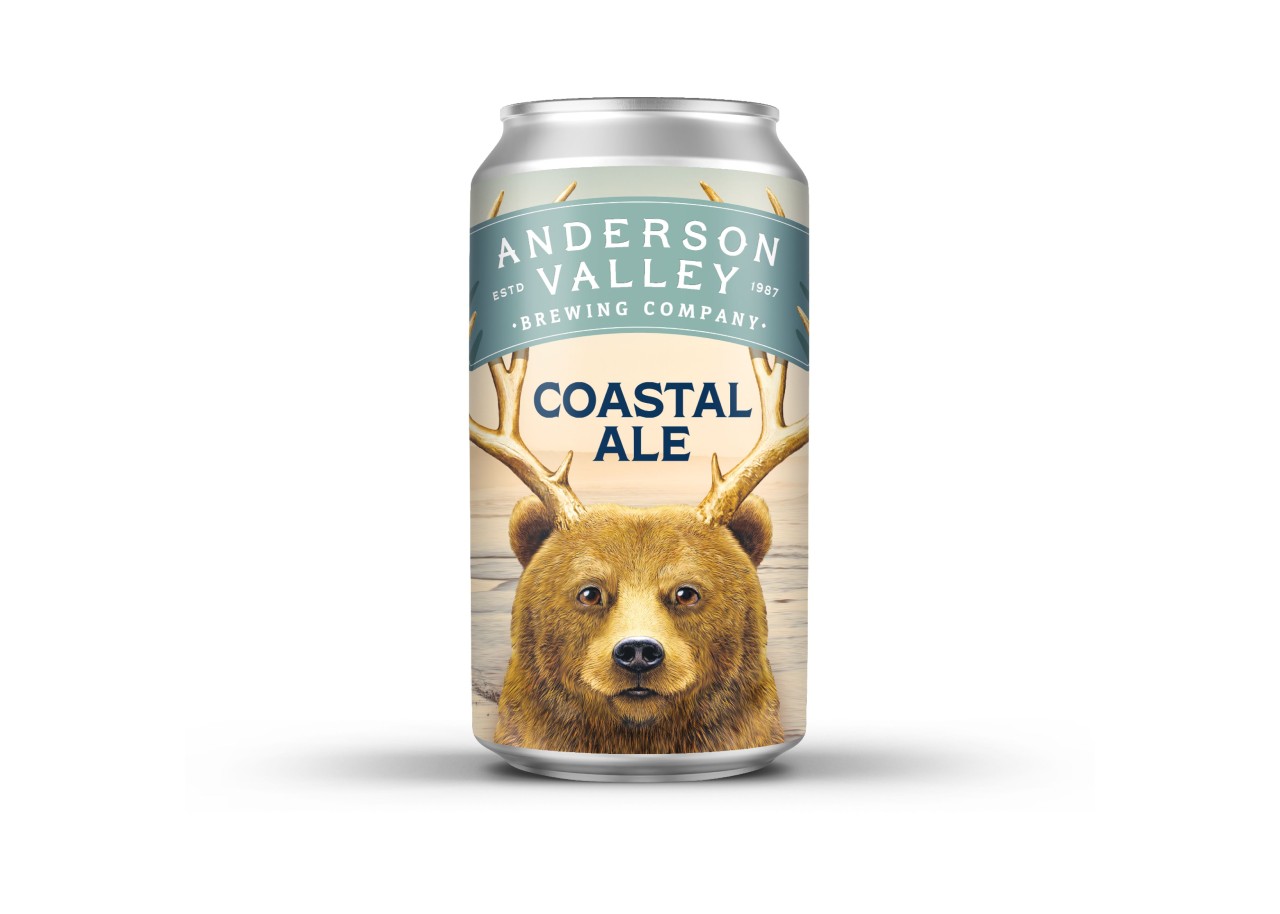
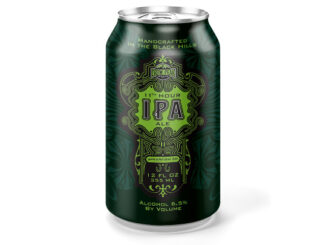
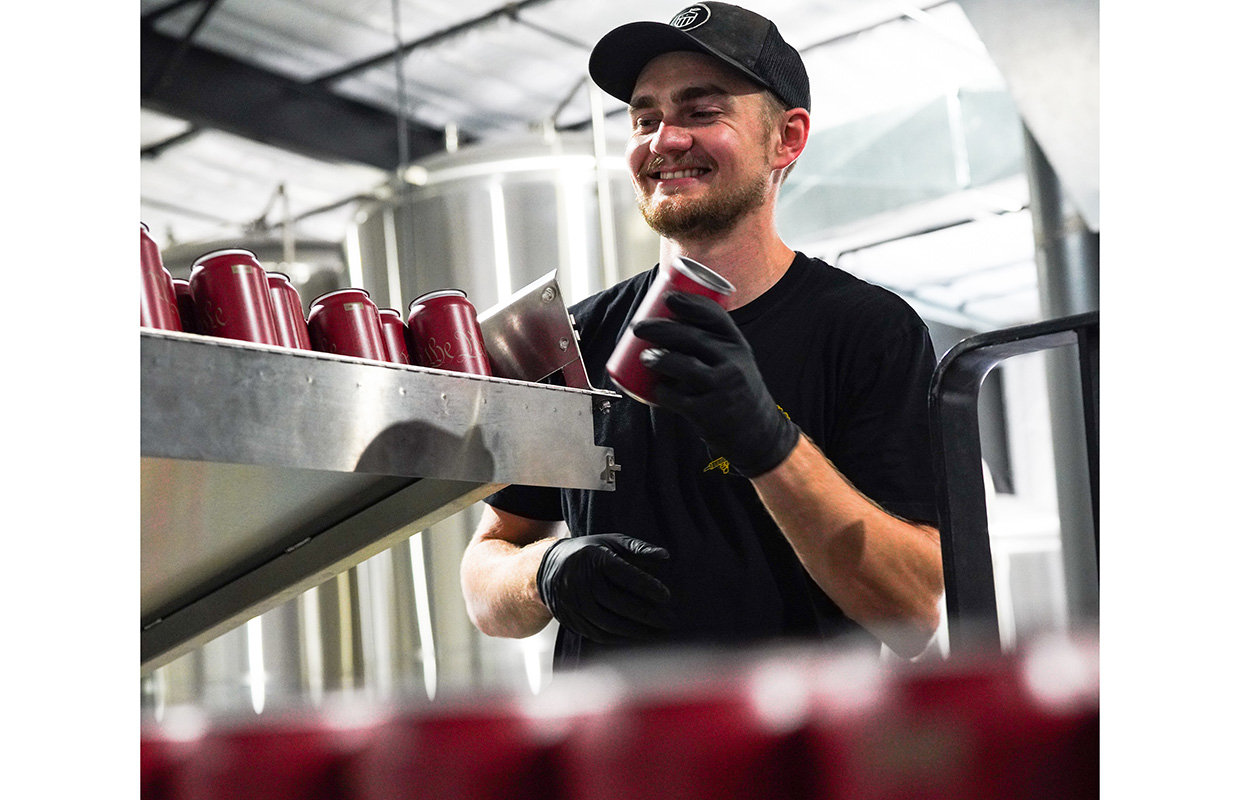
How do I get a copy. James Howdeshell is my nephew
Single-copy issues can be purchased for $7.99 and can be obtained by contacting Tyler Montgomery: Tyler@TheBrewerMagazine.com
Cheers!